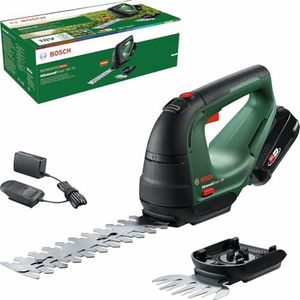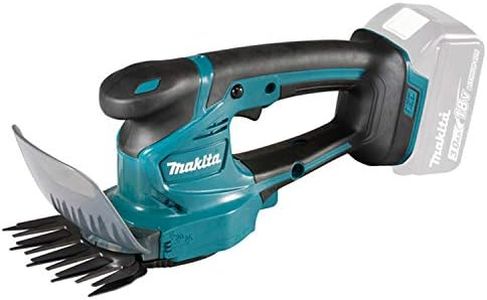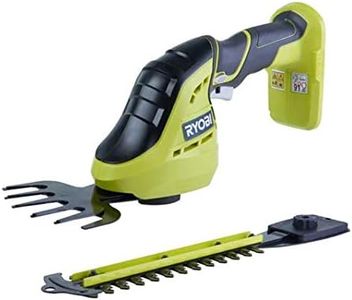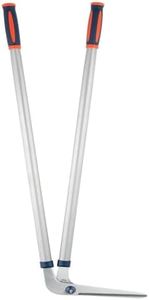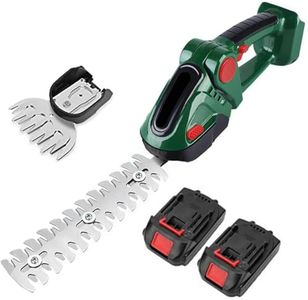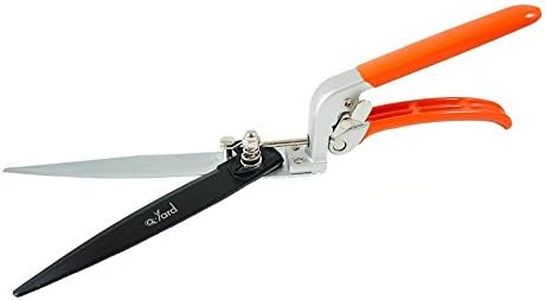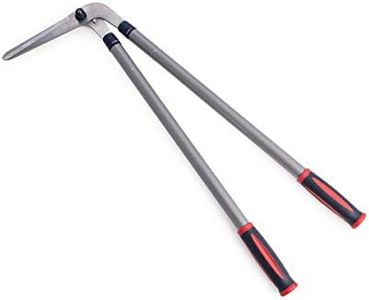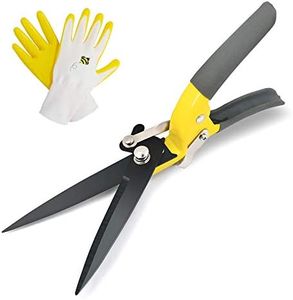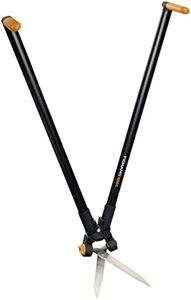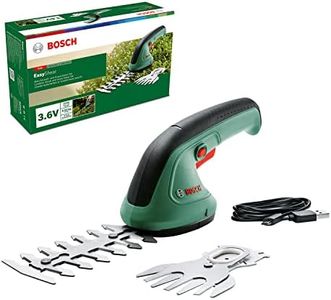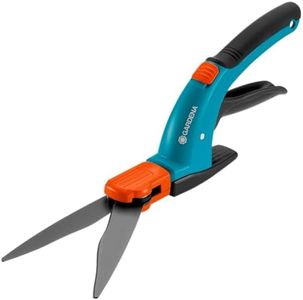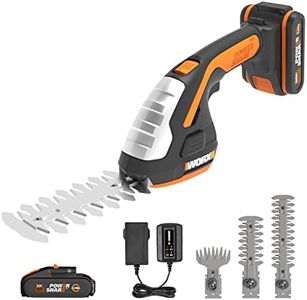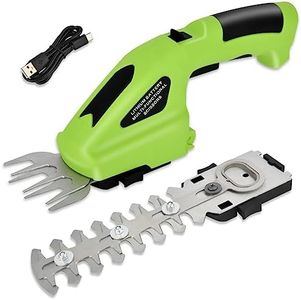We Use CookiesWe use cookies to enhance the security, performance,
functionality and for analytical and promotional activities. By continuing to browse this site you
are agreeing to our privacy policy
10 Best Grass Shears
From leading brands and best sellers available on the web.By clicking on a link to a third party's website, log data is shared with that third party.
Buying Guide for the Best Grass Shears
Choosing the right grass shears can make maintaining your lawn, borders, and edges much easier and more comfortable. The best pick depends on the types of areas you need to trim, how much effort you want to put in, and any physical considerations you might have like hand strength or mobility. It’s important to evaluate the main specifications of grass shears to ensure you get a tool that matches your garden's layout and your working style. By understanding the key specs, you’ll know what to look for and how each feature relates to your needs.Blade TypeBlade type refers to the design and purpose of the cutting blade. There are straight blades for general trimming and curved or serrated blades for tougher grass and thicker stems. The choice here impacts how clean and effective each cut will be. If you want precise, neat trims along paths or flowerbeds, straight blades are easier to control. For denser overgrowth or if you often encounter tough weeds, serrated or curved blades grip and slice more powerfully. Consider what kind of grass and plants you’ll be trimming and choose blade style to suit your typical tasks.
Blade LengthBlade length measures how much cutting surface is available and dictates both speed and accuracy. Shorter blades (under 5 inches) offer better control and precision, ideal for shaping and working in tight spots. Longer blades (over 5 inches) allow for faster coverage of larger areas but might sacrifice some accuracy in confined spaces. Think about whether you prioritize detailed sculpting or quick work on long stretches of edge—pick shorter blades for intricate jobs, and longer blades for efficiency on open ground.
Handle Type and ComfortHandle type covers the shape, grip material, and ergonomics of the shears. Some have standard straight handles, while others are angled or feature soft grips to reduce hand fatigue. There are also models with rotating handles that help you cut at awkward angles without straining your wrist. If you’ll be using the shears for longer periods or have weaker grip strength, padded and ergonomically shaped handles will be more comfortable. For occasional quick trims, basic handles work fine, but if you have a lot of ground to cover, investing in comfort really pays off.
Cutting Mechanism (Manual or Powered)Grass shears come as manual tools (using your grip and force) or powered versions (electric or battery-operated). Manual shears are quieter, lighter, and give precise control, making them best for small jobs and detailed trimming. Powered shears make quick work of larger areas with less effort from you, but are heavier, need charging or batteries, and can be less precise in tight corners. If you just do occasional edging, manual is usually enough; if you want to save time or have limited hand strength, powered models are a good choice.
WeightWeight is how heavy the grass shears feel in your hand, which affects fatigue and ease of use, especially over time. Lighter shears are easier to maneuver, particularly useful for elderly users or if you have a lot of vertical edging to do. Heavier shears can reduce hand vibration and provide more force for tougher tasks but can be tiring if used for long periods. Match the weight to your own comfort and the length of jobs—lightweight shears are better for prolonged use, while heavier ones may suit those tackling tough grass in short bursts.
Adjustability and FeaturesSome grass shears come with adjustable blades or heads that can rotate to different angles. This makes it easier to trim along vertical edges, under bushes, or in hard-to-reach places. Basic models have fixed blades, while advanced ones offer rotation or add-ons like telescoping handles. Think about whether your garden has awkward spaces or if you want a tool that can handle various situations—go for adjustability if flexibility is important, or stick with simple features if you have an easy, open area.
